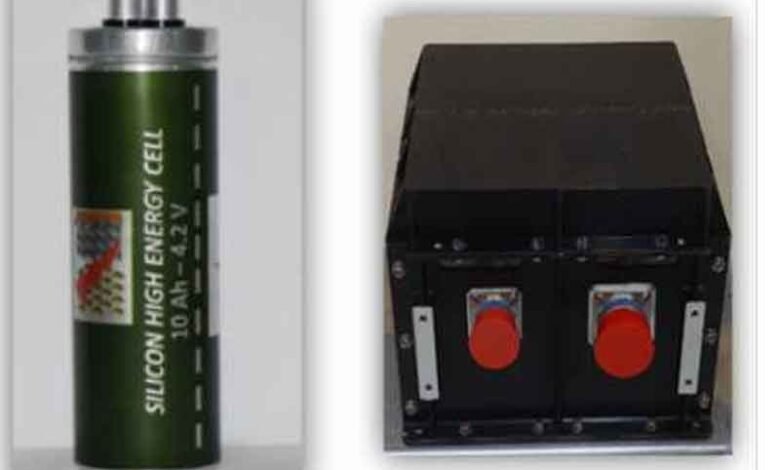ISRO Conducts Flight Tests for ‘Fuel Cell’ to Gather Data for Future Missions
The national space agency in a statement on Friday said that it has tested a 100 W class Polymer Electrolyte Membrane Fuel Cell based Power System (FCPS) in its orbital platform, POEM3, launched onboard PSLV-C58 on January 1.

New Delhi: Indian Space Research Organisation (ISRO) has successfully flight-tested ‘fuel cell’ to assess Polymer Electrolyte Membrane Fuel cell operation in space and to collect data to facilitate the design of systems for future missions.
The national space agency in a statement on Friday said that it has tested a 100 W class Polymer Electrolyte Membrane Fuel Cell based Power System (FCPS) in its orbital platform, POEM3, launched onboard PSLV-C58 on January 1.
During the short duration test onboard POEM, 180 W power was generated from Hydrogen and Oxygen gases stored onboard in high-pressure vessels. It provided a wealth of data on the performance of various static and dynamic systems that formed part of the power system and the physics at play, ISRO said.
Hydrogen Fuel Cells produce electricity directly from Hydrogen and Oxygen gases, along with pure water and heat. It is an electric generator which works on electrochemical principles, as in batteries, as against the combustion reactions employed in conventional generators.
The ability to produce electricity directly from fuels without any intermediate step renders them very efficient. With water as the only byproduct, they are emission-free.
These features make them ideal candidates for space missions involving humans where electric power, water and heat are essential since a single system can meet multiple requirements in the mission, ISRO added.
Fuel Cells also possess significant societal application potential. They are also considered to be the most appropriate solution to replace the engines of various types of vehicles in use today and to power standby power systems. Fuel Cells can provide range and fuel recharge time equalling that of today’s conventional engine, which gives them a distinct advantage over batteries, and is expected to facilitate emission-free transportation. It is an ideal power source for the Space Station as it provides both power and pure water.
